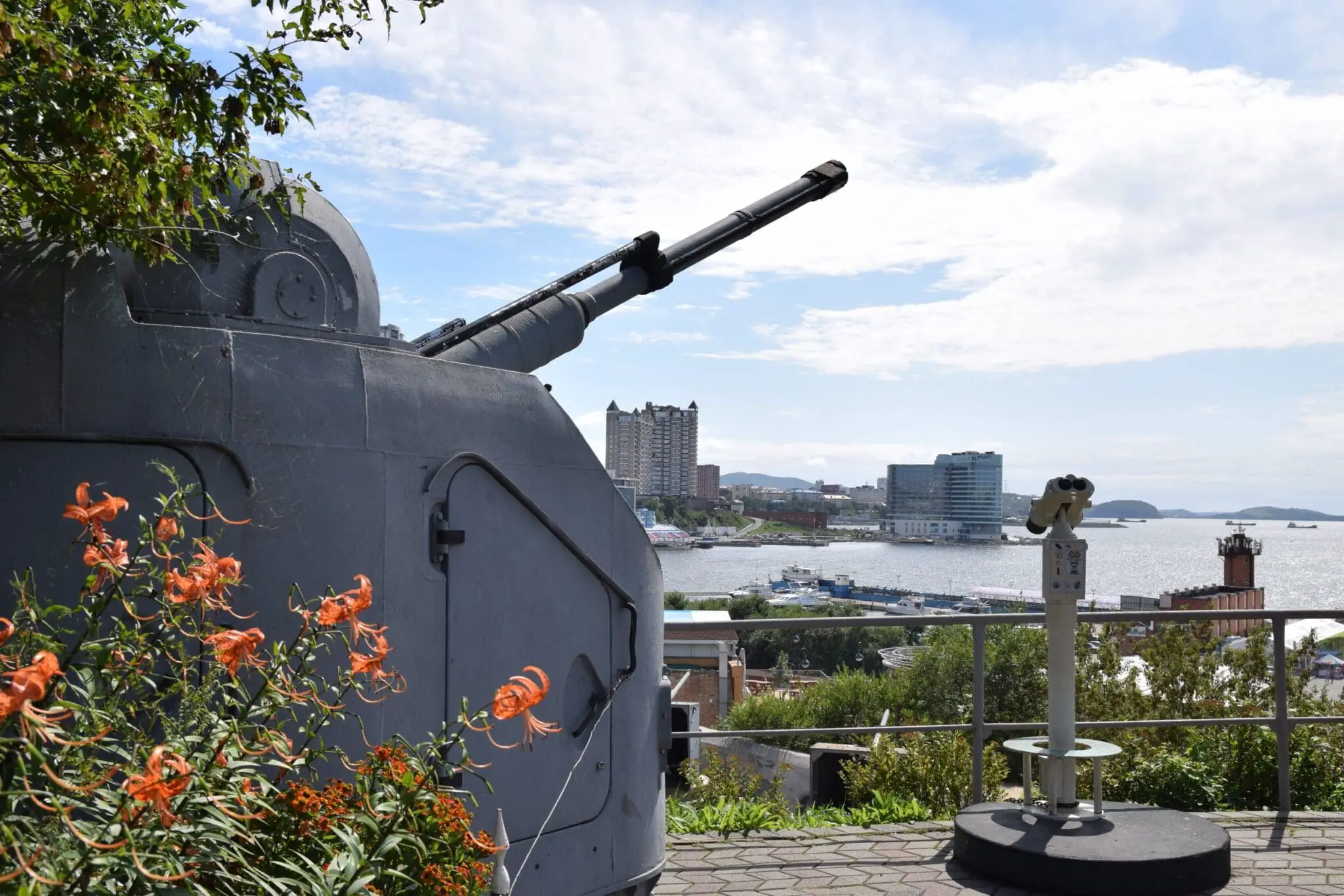Vladivostok has a fascinating history and culture. To present this, it shares in Russia’s strong museum tradition, with many well-curated museums throughout the city. The city has long been a naval and trading port and thus has many museums specifically dedicated to this heritage. However, it also has a surprising number of art galleries and science museums.
Visitors will find that Vladivostok’s museums are ridiculously cheap; entrance fees are often only a dollar or two and rarely more than five. In addition, many of the museums share in Russia’s relatively new tradition of offering free entrance one day per month and offering a yearly “Night at the Museum,” an event when museums stay open late and offer masterclasses, lectures, and special exhibitions. Vladivostok’s “Night at the Museum” is usually in mid-May. Below are some of our top museum suggestions to see while in Vladivostok.
1. Naval Museums
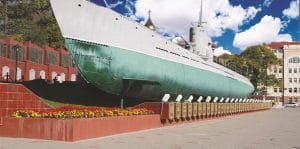
Svetlanskaya Ul., 66
This is an actual Soviet submarine that has been transformed into a mini-museum. Visitors must slide or crawl through different openings to see all parts of this functional Soviet sub that sank ten enemy ships during WWII. Though quite intriguing, the submarine is often closed “for technical reasons,” so this is one that should be seen toward the beginning of the visit for those with a short amount of time in Vladivostok. Outside the museum there is a beautiful monument dedicated to the soldier-sailors of the Primorye region who lost their lives in WWII.
Fort No.7
Lesnaya Ul., 107
This museum is located about 35 minutes away from the city center in one of Vladivostok’s suburbs but is well worth the travel for those interested in military history! One of 16 forts built around the city under the tsars, this “museum” is a tour of one section of the Vladivostok Fortress. It includes 1.5 km of tunnels, so be prepared to walk! It is only accessible through pre-arranged excursions and the price can be for an individuals or groups – so bring some friends!
The Military and History Museum of the Pacific Fleet
Svetlanskaya Ul., 66
The museum features more than forty thousand exhibits that trace the history and development of the Russian Pacific Fleet beginning from its creation under Tsar Peter the Great until today. Founded in 1950, the museum is housed in the historic city center. Artifacts from the numerous campaigns the Fleet fought are housed in the exhibits, for example, specific medical instruments used during the Russo-Japanese war in 1905. This is a “must see” for any visitors interested in military history.
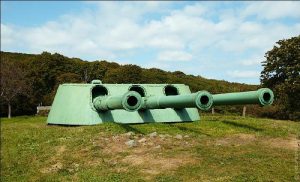
Russky Island
A subsidiary of the Military and History Museum of the Pacific Flee, the battery is located on a road that extends past the end of Universitetsky Prospekt on Russky Island. This museum is based around a giant 304.8mm coastal defense gun that has been opened, allowing museum visitors to explore several levels of the turret’s inner workings. The museum’s location on Russky Island is somewhat remote, so those wishing to visit should plan an entire day to travel to the museum and hike around the island. It’s easy to make a day of things, though, as nearby are Patriot Park and Fort 11.
The Vladivostok Fortress Museum
Batareynaya Ul., 4v
The old fortress is centrally located downtown and is one of the city’s most popular sights. The museum contains many of the fortress’ old weapons and artifacts documenting the military history of Vladivostok and Primorsky Krai during the Russian Empire and the Soviet Union. Although long out of service, certain traditions have been brought back for the sake of city history and tourism: a regular changing of the guard, flag raising/lowering ceremonies, and a firing of one of the main cannons every day at noon. The museum itself is built into the casemate of one of Vladivostok’s many forts, and some of the old coastal defense guns have also been preserved for viewing.
2. Art
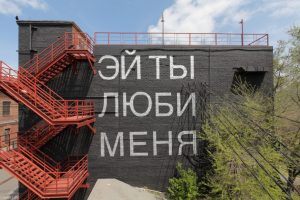
Nostalgia Art Gallery
Morskaya Ul. 1-Ya, 6/25
Founded in 1988, the mission of this gallery is to see to the “revival and enhancement of national Russian traditions in art and hospitality.” Unlike most traditional museums, the Nostalgia Art Gallery offers coffee and traditional Russian cuisine in the middle of the main hall so visitors can enjoy traditional Russian food as they view Russian art. Some of the art is even available for purchase.
ZARYA Contemporary Art Museum
Prospekt 100-Stoletiya Vladivostoka, 155, k.2,
Founded in 2013 by the local Russian entrepreneur and philanthropist Alexander Mechetin (of Beluga Vodka fame), the ZARYA Center aims to “present the best achievements of modern culture of Russia and the world in Primorye and to support the local artistic community.” Since 2014, the ZARYA Center has served as the only contemporary art center in the Russian Far East. Local artists are often shown, particularly those focusing on the natural and cultural beauty of the region or those hoping to gain exposure and access to the larger contemporary art movement in Western Europe.
Primorye Regional Picture Gallery
Aleutskaya Ul., 12 and Partizansky Prospekt, 12
Founded in 1966 as a division of the Arsenyev Regional Museum, the Primorye Regional Picture Gallery is the only gallery in the Russian Far East that features Soviet, West European, and modern Russian paintings. The main facility is at Aleutskaya Ul., while the Partizansky location is specialized to well-known Russian artists from the 18th-20th centuries and show mostly paintings on loan from big-name Russian galleries like the Tretyakov and Russian Museums.
Artetazh
Okeansky Pr. 9
This gallery specializes in artists post-1970, both Russian and foreign. It occasionally hosts temporary exhibits from around the world including some surprisingly big names sometimes.
3. Other History
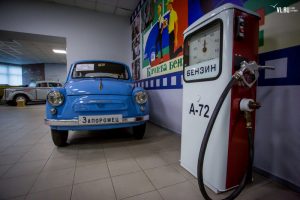
Museum of Archeology and Ethnography
Pushkina Ul., 89
Founded in 1979, this museum catalogs the history of Primorye from Paleolithic Era until the 20th century. This museum is so unique because it serves as a small section of a modern academic institute that focuses on the “historic regional heritage” of the Russian Far East and how the Russian government can strengthen its position in the Asian Pacific by “overcoming historical contradictions, suspicion, and hostility” with neighboring countries. The institute hosts numerous events throughout the year and partners with many other academic institutions to teach the history of the Russian Far East and promote better policies to sustain Russian strength in the region.
Paleo Village Museum
Day Trip – located outside Nakhodka
Nakhodka is a city about 85 kilometers east of Vladivostok and is home to many archeological dig sites. The region was populated long before the Russians arrived by the Udegetsi people. The Paleo Village is an interactive, open-air museum, where you can learn all about the former inhabitants of the Primorsky region. You also get to see how the archeologists went about their work in that specific area.
Arsenyev Regional Museum
Svetlanskaya Ul., 20
Founded in 1884, this museum is one of Vladivostok’s oldest “must see” destinations. The museum houses an eclectic collection of exhibits including the history of the native Primorye people, the history of the region under the Russian Empire and the Soviet Union, and a fun “treasure-hunt” adventure that is both informative and entertaining. Regardless of one’s personal knowledge of the region or Russian history, this museum is fun for all ages.
The Museum of Automotive Antiques
Sakhalinskaya Ul., 2a
This is the only museum of its kind in Russia. It provides an automotive and technical historical analysis of the Soviet Union. All types of automobiles can be seen from military vehicles to recreational motorcycles; any vehicle used during the Soviet Union is presented in this museum. Although aimed predominately toward car enthusiasts, this museum will be interesting for anyone looking for a different view from which to examine Soviet history.
Sukhanov’s House Museum
Sukhanova Ul., 9
Opened in 1977, this museum is housed in the former home Tsarist official Aleksandr Vasilyevich Sukhanov who was a decorated official and senior advisor to the Primorsky Regional Government. The interior of the mansion has been preserved since the time of Sukhanov and the museum stands as one of the few remaining nineteenth century wooden mansions in Vladivostok.
4. Science
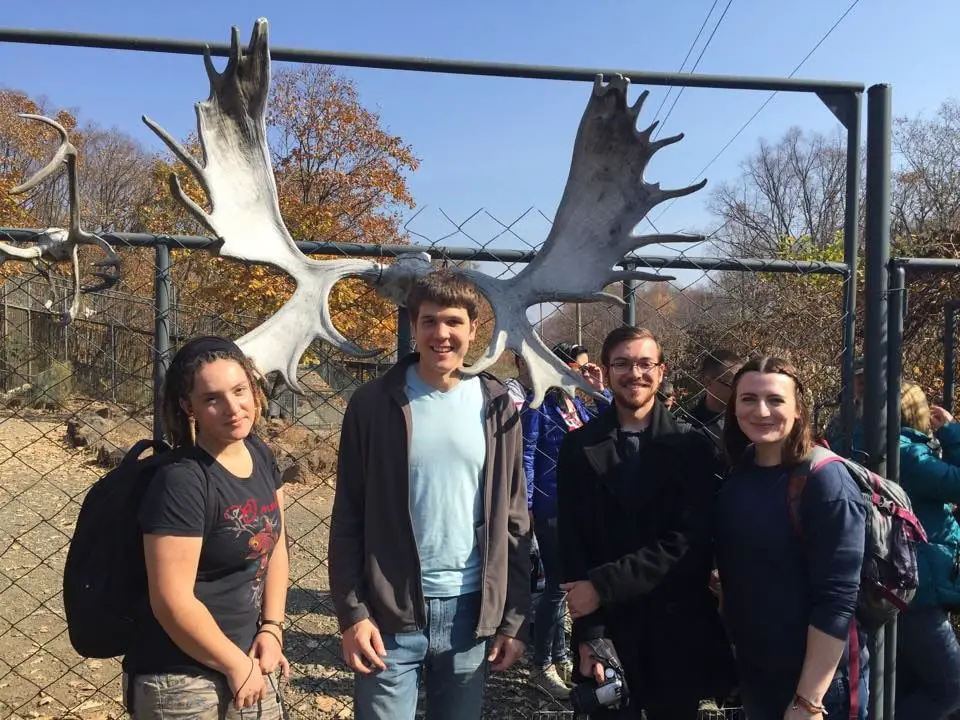
Primorskiy Safari Park
Day Trip – Near Shkotovo
See some of Primorsky Krai’s famed wildlife, including the famed and endangered Amur Tigers. Also on display are local bears, raccoons, foxes, wolves, hawks, eagles, and owls.
Museum of the Institute of Sea Biology
Palchevskogo Ul. 17
To complement all of the naval museums, learn about the different animals and organisms that are native to the Russian Far East and how Russia developed a major port alongside these fascinating creatures.
The Zoological Museum
Okeansky Prospekt, 37
This museum is composed of four exhibitions: animals, nature, rare books, and human artifacts. The museum holds more than 3,000 species of animals and features many native Far Eastern species. Each exhibition has specialists who provide free tours to anyone who walks in. However, very few specialists speak English, so the tours, while fascinating, are almost exclusively in Russian.
Amber Museum
Svetlanskaya Ul. 69
This is the first amber museum in the Far East. The museum features exhibits that analyze the properties and history of the Amber mineral. The exhibits include 40-million-year-old insects solidified in resin, the famous “Sun Stone,” and many other wonders that were developed from Amber over the years. Today, the museum also sells beautiful opaque amber jewelry.


